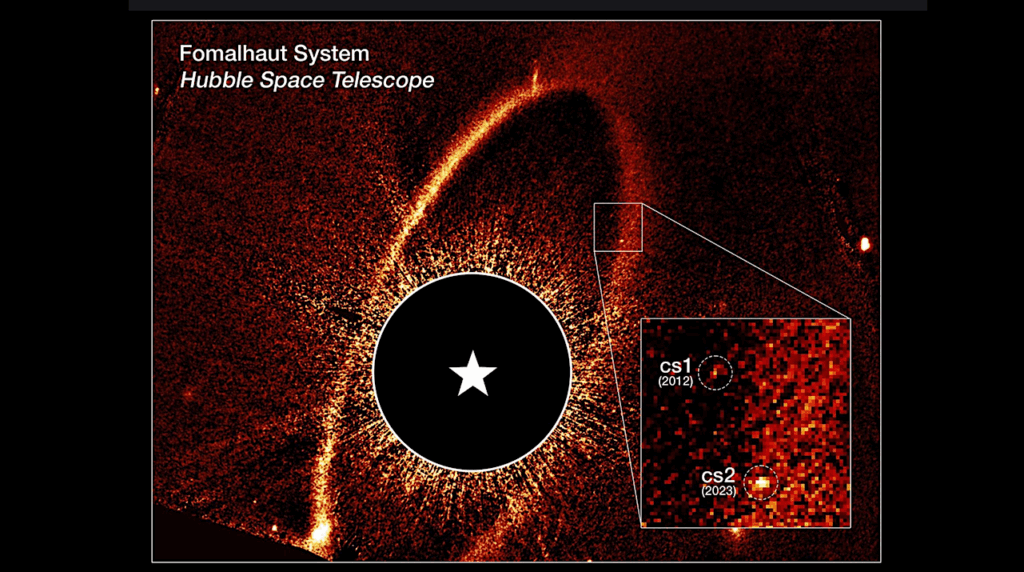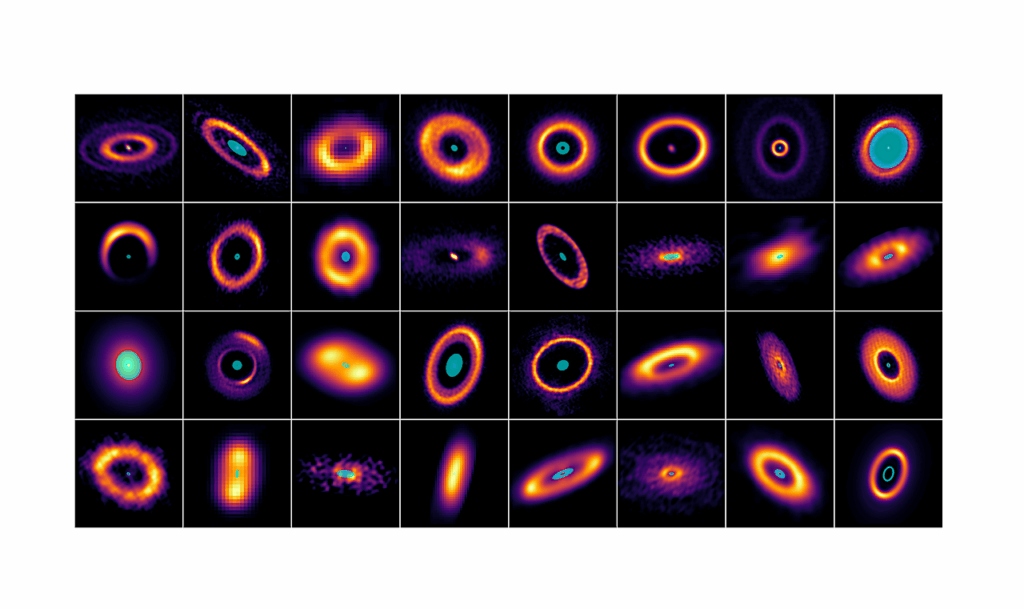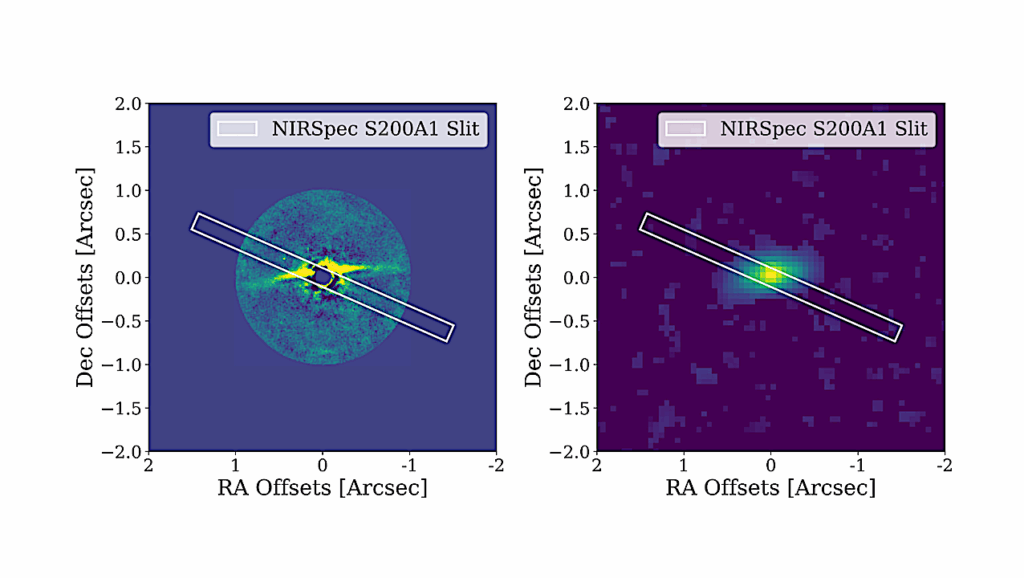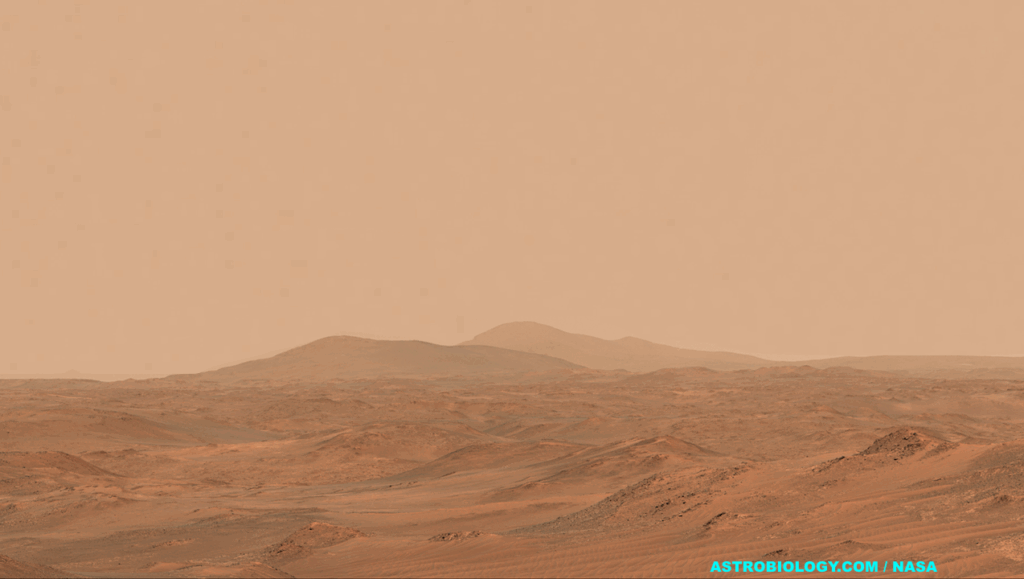The Coupled Tidal Evolution of the Moons and Spins of Warm Exoplanets
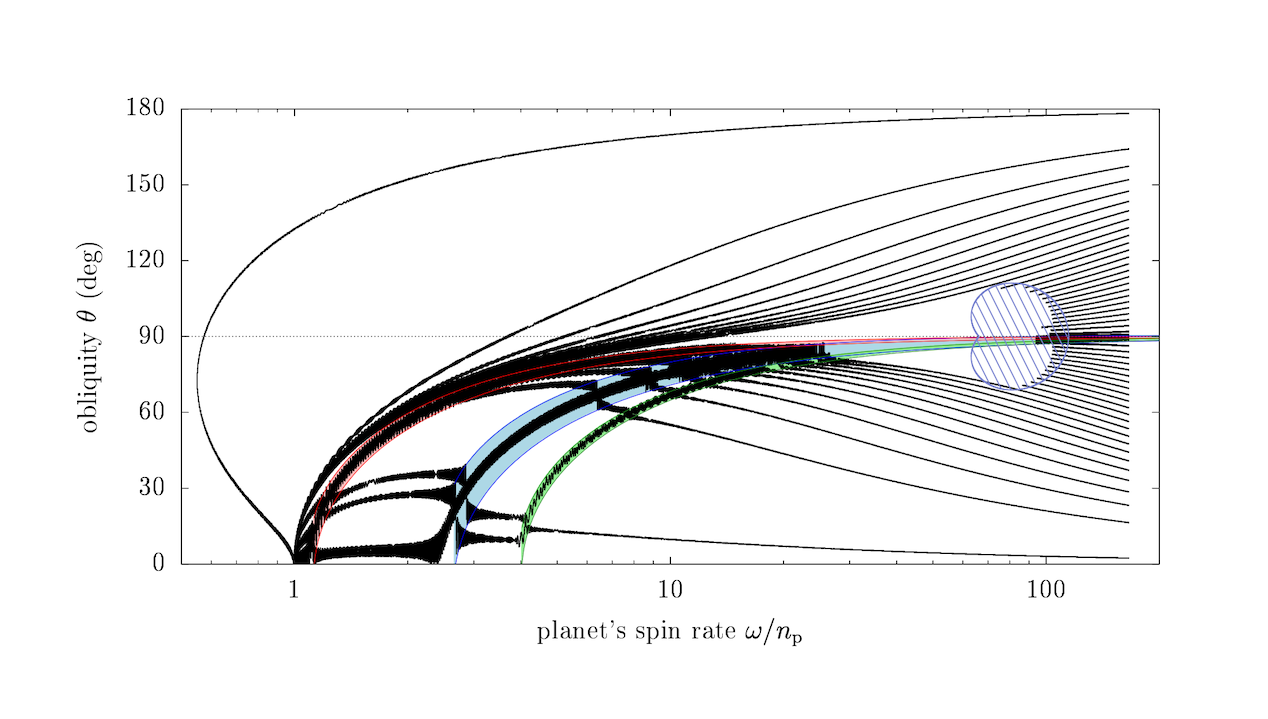
Context: The Solar System giant planets harbour a wide variety of moons. Moons around exoplanets are plausibly similarly abundant, even though most of them are likely too small to be easily detectable with modern instruments.
Moons are known to affect the long-term dynamics of the spin of their host planets; however, their influence on warm exoplanets (i.e. with moderately short periods of about 10 to 200~days), which undergo significant star-planet tidal dissipation, is still unclear.
Aims: Here, we study the coupled dynamical evolution of exomoons and the spin dynamics of their host planets, focusing on warm exoplanets.
Methods: Analytical criteria give the relevant dynamical regimes at play as a function of the system’s parameters. Possible evolution tracks mostly depend on the hierarchy of timescales between the star-planet and the moon-planet tidal dissipations. We illustrate the variety of possible trajectories using self-consistent numerical simulations.
Results: We find two principal results: i) Due to star-planet tidal dissipation, a substantial fraction of warm exoplanets naturally evolve through a phase of instability for the moon’s orbit (the `Laplace plane’ instability). Many warm exoplanets may have lost their moon(s) through this process. ii) Surviving moons slowly migrate inwards due to the moon-planet tidal dissipation until they are disrupted below the Roche limit. During their last migration stage, moons — even small ones — eject planets from their tidal spin equilibrium.
Conclusions: The loss of moons through the Laplace plane instability may contribute to disfavour the detection of moons around close-in exoplanets. Moreover, moons (even those that have been lost) play a critical role in the final obliquities of warm exoplanets. Hence, the existence of exomoons poses a serious challenge in predicting the present-day obliquities of observed exoplanets.
Yubo Su, Melaine Saillenfest
Comments: 19 pages, 12 figures, Accepted to A&A. Abstract abridged for arXiv. Comments welcome!
Subjects: Earth and Planetary Astrophysics (astro-ph.EP)
Cite as: arXiv:2511.00161 [astro-ph.EP] (or arXiv:2511.00161v1 [astro-ph.EP] for this version)
https://doi.org/10.48550/arXiv.2511.00161
Focus to learn more
Submission history
From: Yubo Su
[v1] Fri, 31 Oct 2025 18:09:20 UTC (3,558 KB)
https://arxiv.org/abs/2511.00161
Astrobiology, Exoplanet,


